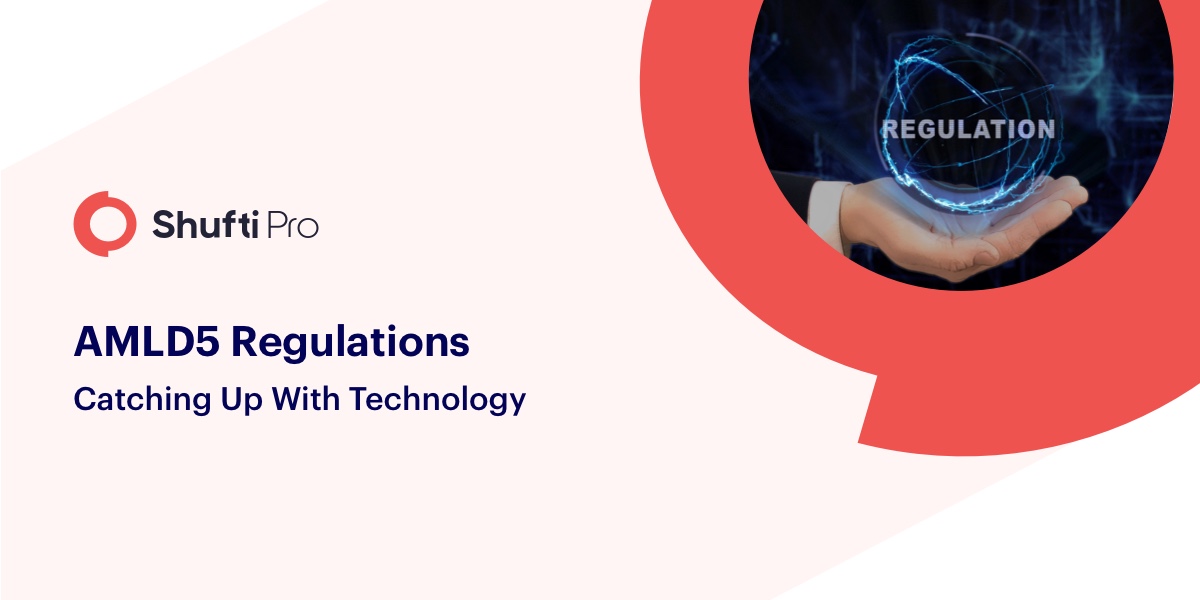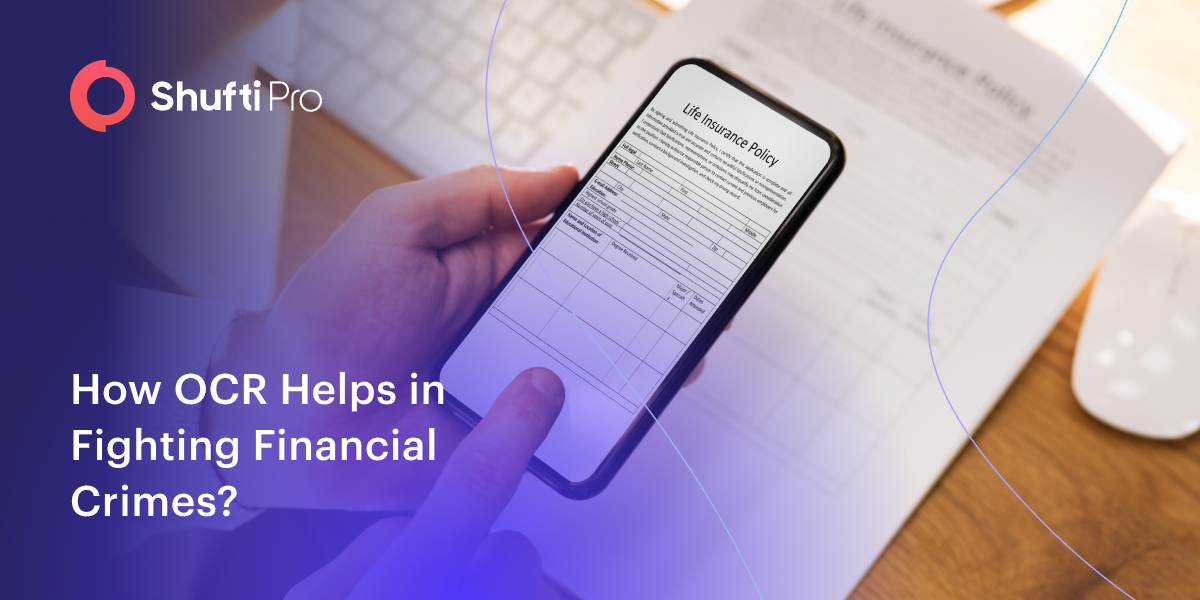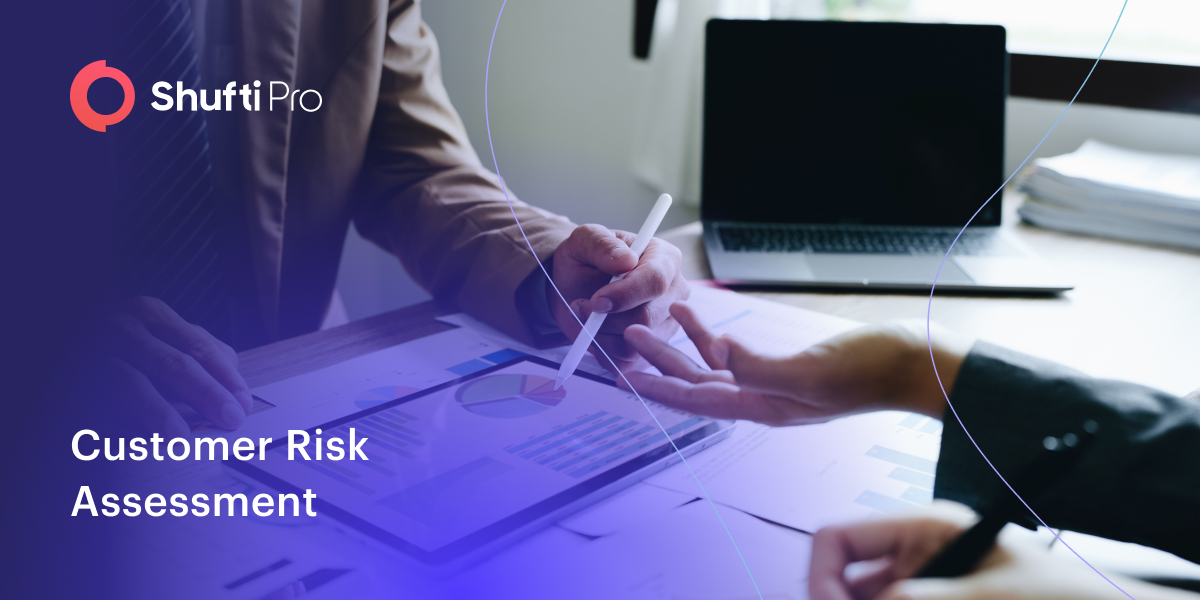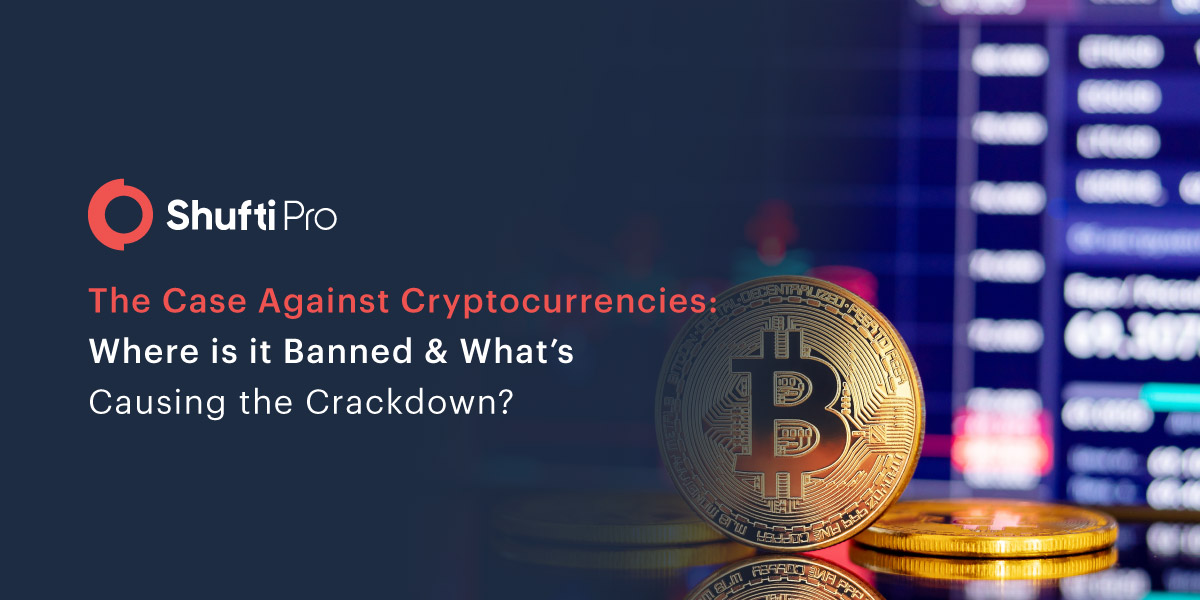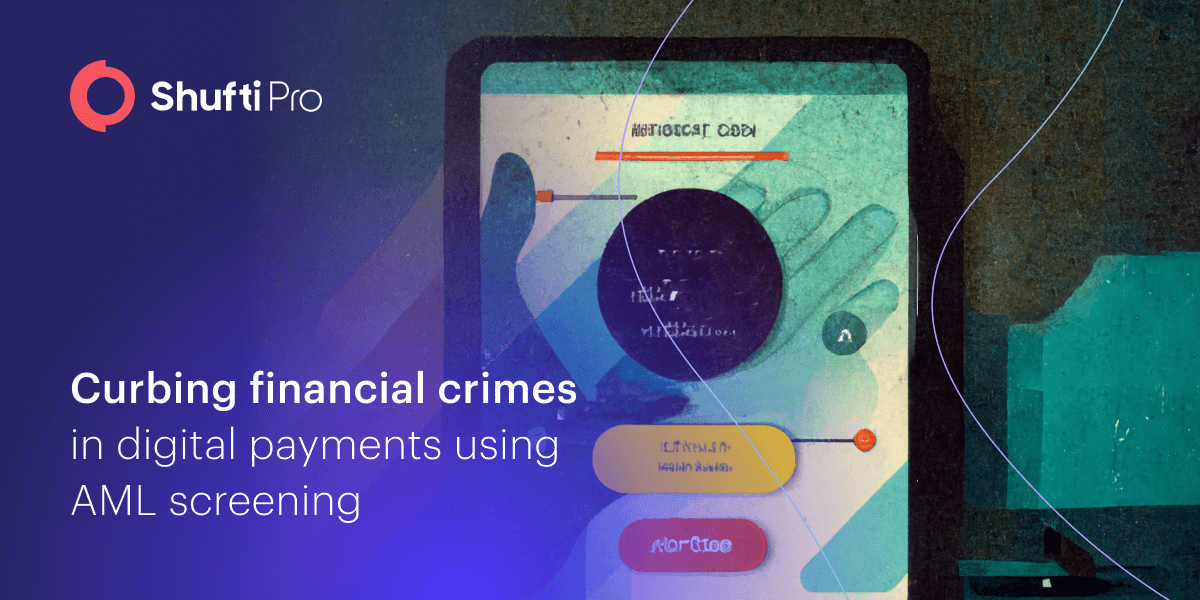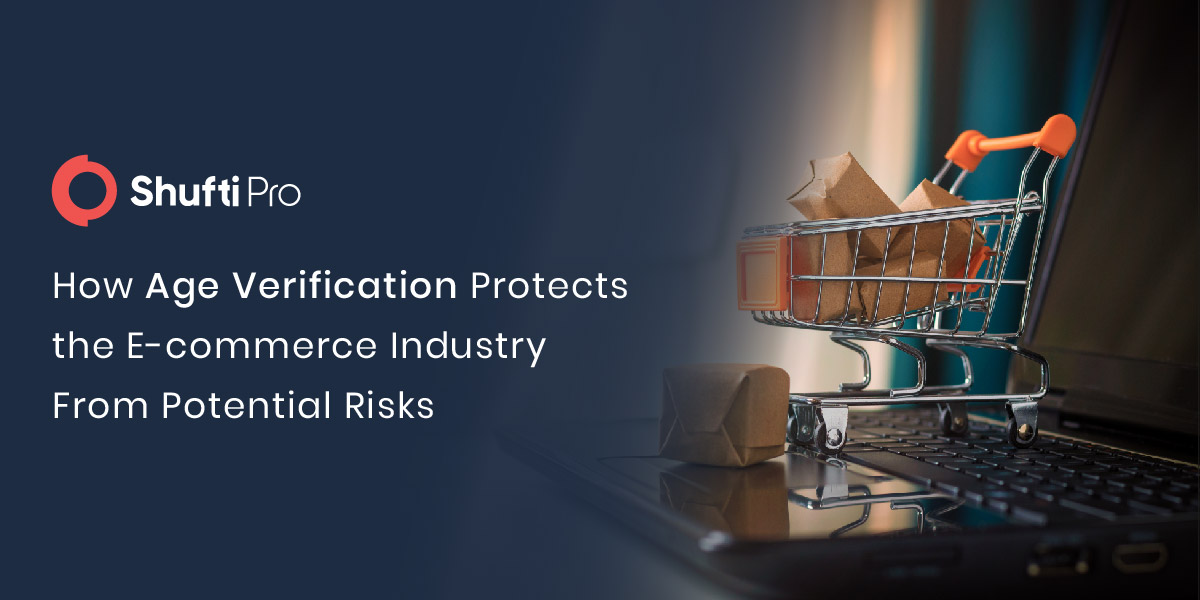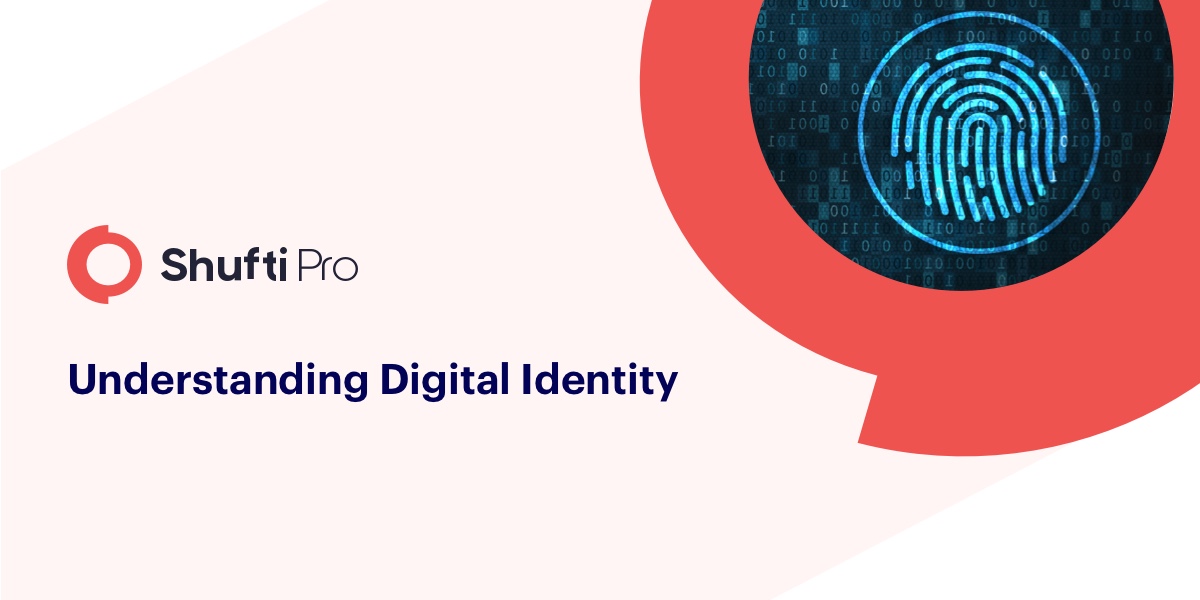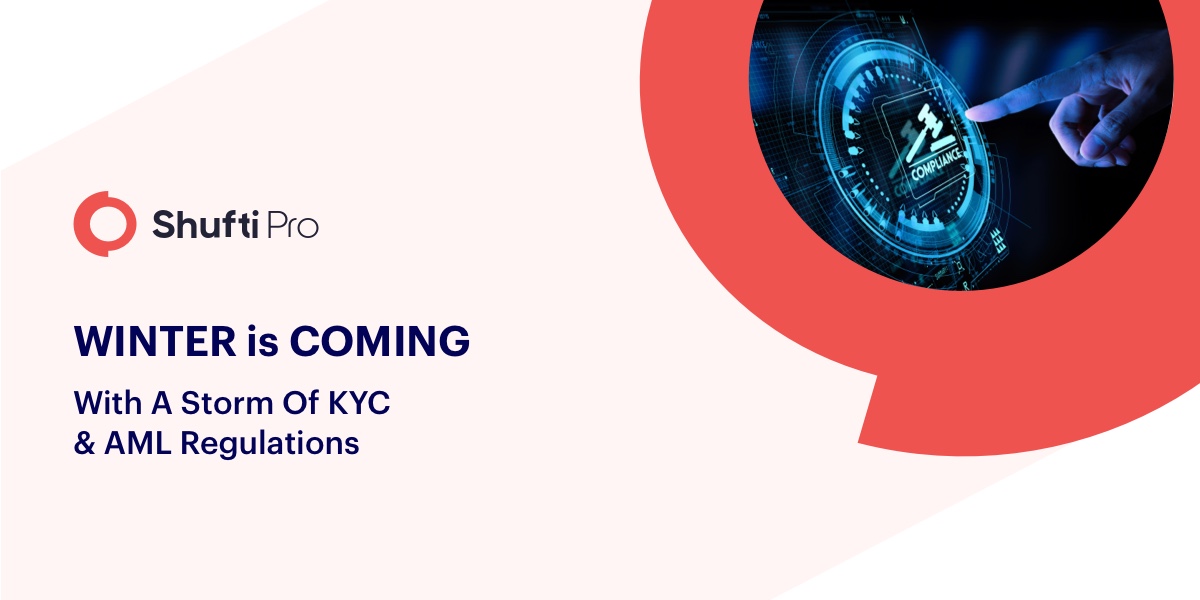8 Fraud Prevention Tips for a smooth business uptake in 2018

The Need for Fraud Prevention
As technology has evolved over the years, the way we do business has also evolved along with it. Whether it be to save money or to provide convenience to customers the use of technology brings along with it, its own pitfalls. The online business arena has become the target for the next generation of thieves and muggers. The risk of being robbed or ripped off that was once isolated to the streets and dark alleys of cities has made its way to the online world of the Internet. Hackers and even regular people have started exploiting the loopholes in the online transaction systems to carry out fraudulent activities, hence, the need for fraud prevention in the online business community has become essential.
Illustrating this need with facts and figures will emphasize the point; according to a study by Javelin Strategy & Research it was found that in the US alone $16 billion dollars were stolen from 15.4 million consumers in 2016 through fraudulent means. You can imagine the amount of trust problems and chargebacks the online business community might have had to face.
Online Scams Businesses Should be Cautious Of
Although new types of extortion schemes and scams come up as technology advances and more loopholes are discovered everyday, the majority of the scams that afflict online businesses can be summed up by the following — identity theft, credit card misuse, document forgery and the friendly foe dilemma. By ensuring a safeguard against these, merchants can easily secure fraud prevention. Here’s a quick read:
Identity Theft – Hackers, and in some cases people in general, take on the identity or persona of someone else by hacking or stealing personal documents of another person and use it to gain access to certain services or to carry out financial transactions. A staggering 44% i.e. 1,357,055 people complained about identity theft in 2016.
Credit Card Misuse – Getting access to someone’s credit card information via coercive methods or by hacking. This by far more common then people would expect, given that there are so many checks by banks and financial institutions. The most common place it is used is online since POS and face-to-face transactions have become difficult due to measures taken by issuers of these cards.
Document Forgery – The creation of fake documents be they financial or related to a company’s services or to the government. These are still taking place and have been used in situations such as tax evasion, account opening and increasing credit score.
The Friendly Foe – Mind boggling as it seems, normal everyday people have known to carry out this type of scam, just because there was a loophole that was available for them to exploit. In this type of scam individuals carry out online transactions through their credit or debit cards and then once they receive their goods or are done using a service they report it as an unauthorized transaction that they did not carry out, resulting in charge-backs to the business that provided the service or goods.

The 8 Fraud Prevention Essential Tips
Having mentioned the major types of scams and frauds going around it makes things look bleak for online businesses. Yet, businesses that have employed strict measures to counter such risks have been successful. Some e-commerce sites that are making use of the easy and automated risk mitigation systems are able to bring down their losses to less that 1% of their sales which makes carrying out online business quite feasible and profitable. Remember, scammers are smart but not quick enough.
Keeping this in mind below are 8 essential tips for fraud prevention:
Scrutinise the payment methods – As an online retailer you need to know the types of payment methods and their pros and cons in terms of your business. For example regular credit cards (AMEX) tend to favour the cardholder in disputes (chargebacks sound familiar)? But they are still the most widely used payment method and you do have to look at the convenience of your customer. Paypal on the other hand is a more merchant friendly option and has advanced scam protection features and advanced machine learning capability that actively works to mitigate scam risk. On the other hand Paypal also authorises chargebacks it’s not totally fool proof. Cryptocurrencies are another popular payment method; the blockchain tech makes it nearly impossible for forced refunds and since there are records of all transactions it is undeniable by the customer. On the negative side the value of cryptocurrencies is quite volatile so what’s it worth today it might hold the same value the next day or it could be worth more.
Use the CVV2 Card Verification Code – If you have included Credit and Debit Card payments like most online vendors, then you must have this system incorporated in your online payment page. This 3 digit code is present on the back of the card and is not included in the magnetic strip making it difficult to carry out transactions via forged or duplicated cards.
Make use of AVS Codes – Again another safety protocol through which you can verify if the billing address provided by the customer is the same as what the card issuer has on their file. Although a difference in the billing address does not necessarily mean a scam attempt but it should alert you to be more careful with this individual.
New-age Fraud Prevention Systems – Whereby technology has brought its own set of scams it has also provided a fighting tool against such risks. From manual searches and checks to automated AI based fraud prevention software. These 3rd party s/w providers give an array of scam busting options (real-time identity verification, document verification, background checks) that you can add to your arsenal to protect your business interests. The digital KYC services that these providers give are mostly foolproof and given the recording of any transactions they can be your proof of purchase in case of false charge-backs.
Recommended For You: Fraud Prevention through Secure Payment Processes
3-D Secure: A somewhat recent technological development, in this system a there is an added layer of confirmation and security to ensure that fraud related incidents are minimized. It includes or spans three domains, hence the name 3-D . The first one is the acquirer domain which represents the bank and the merchant to whom money is being paid. The second one is the issuer domain which represents the bank which issued the card being used. The last one is the Interoperability Domain this represents the infrastructure provided by the card scheme, credit, debit, prepaid or other type of finance card, to support the 3-D Secure Protocol. This can be the Internet or a telecom service provider. For example a code could be sent to the customer’s registered cell phone number with issuer domain, and the customer would have to enter in the given code to proceed with the online transaction.
Call the Customer – Old but gold, this is still one of the most effective ways to weed out potential threats. You probably get the customer’s number when you’re getting their information (make it mandatory and not optional). Call them to see if the number is legit, are you able to get through? Does the number belong to the customer or to someone else?
Common Sense and Awareness – Awareness and using common sense is essential for the online vendor, you need to keep an eye out for anything that is out of the ordinary and if something triggers your intuition into thinking something doesn’t seem right. Give it attention don’t just mark it off as undue suspicion instead do a thorough check.
It’s ok to say No – As difficult and preposterous as it sounds to deny a customer. Take heed that if their credentials and other information point towards a threat then you will end up loosing way more than just your business if you go ahead with your business transaction. You will end up loosing your merchandise as well as the money you had received (charge-backs).
Here’s the harsh reality: Fraud and scam in online space is inventing and reinventing itself. There’s no stopping it. The Nilson Report states that since 1993 there has been a mounting 23% increase in e-Commerce fraud yearly. The rising number are putting online merchants at great risks. Identity theft protection services become essential when credit card and identity theft fraud is on its peak, especially during the two holiday seasons: Black Friday and Christmas. While everyone awaits Christmas gifts, online merchants dread charge-back notifications.
In Conclusion
Although the facts might seem contrary to a positive outlook on online transactions. E-commerce merchants in 2018 have a lot more options to fight potential risks compared to the previous years such as AI based fraud prevention software that keeps scanning for threats and learns about new ones on its own. A vigilant mindset and the best of risk mitigation technology will ensure that online merchants find their businesses going in profit.





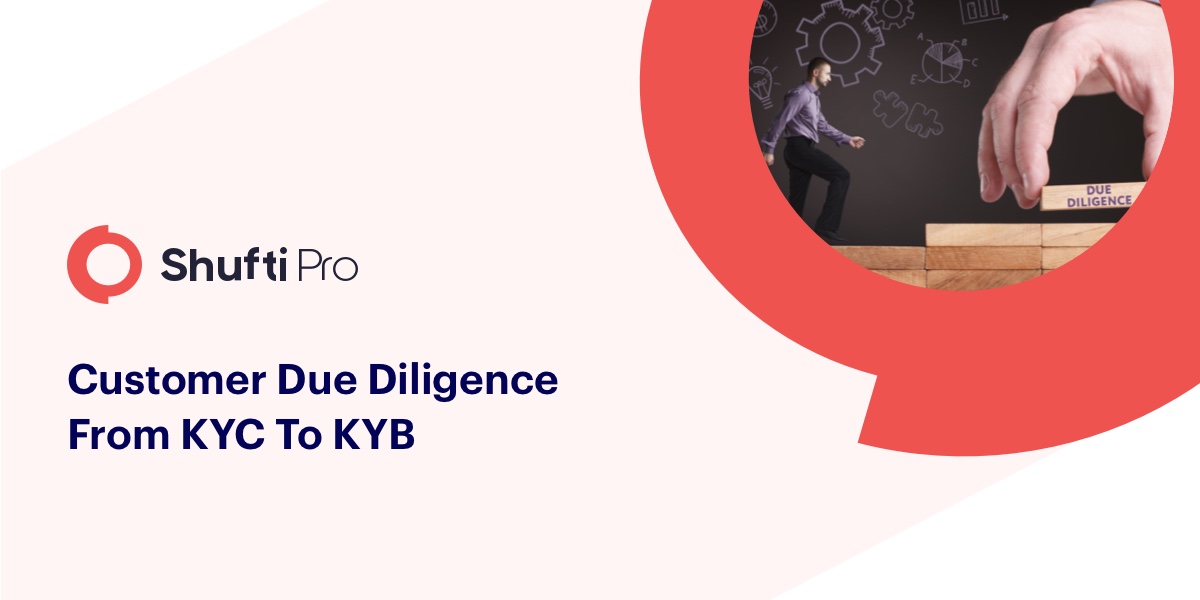
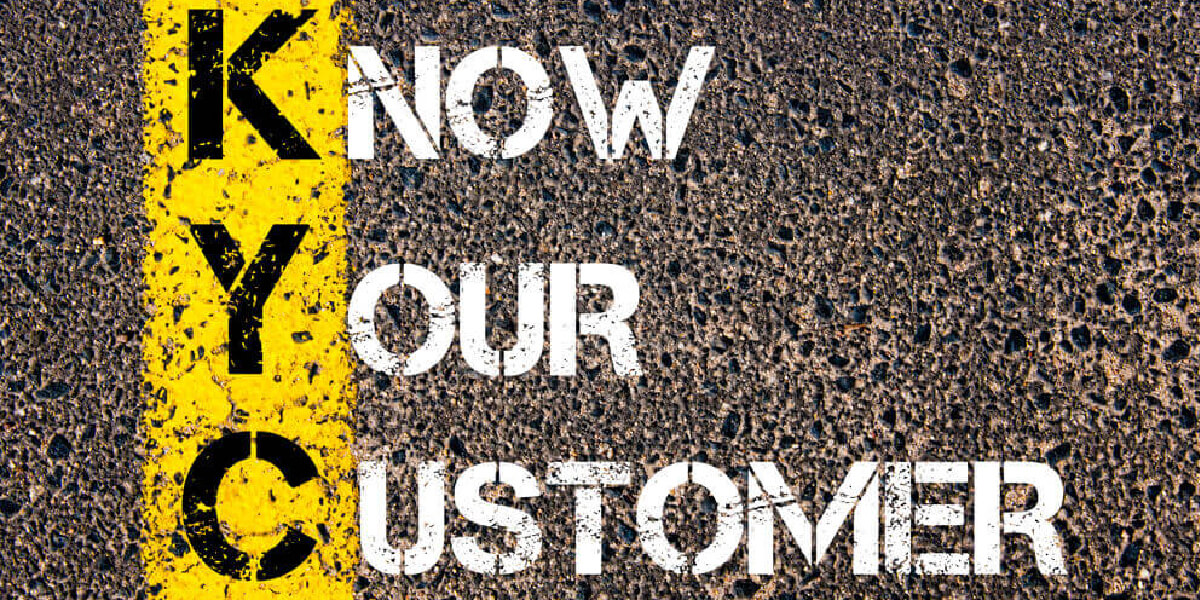



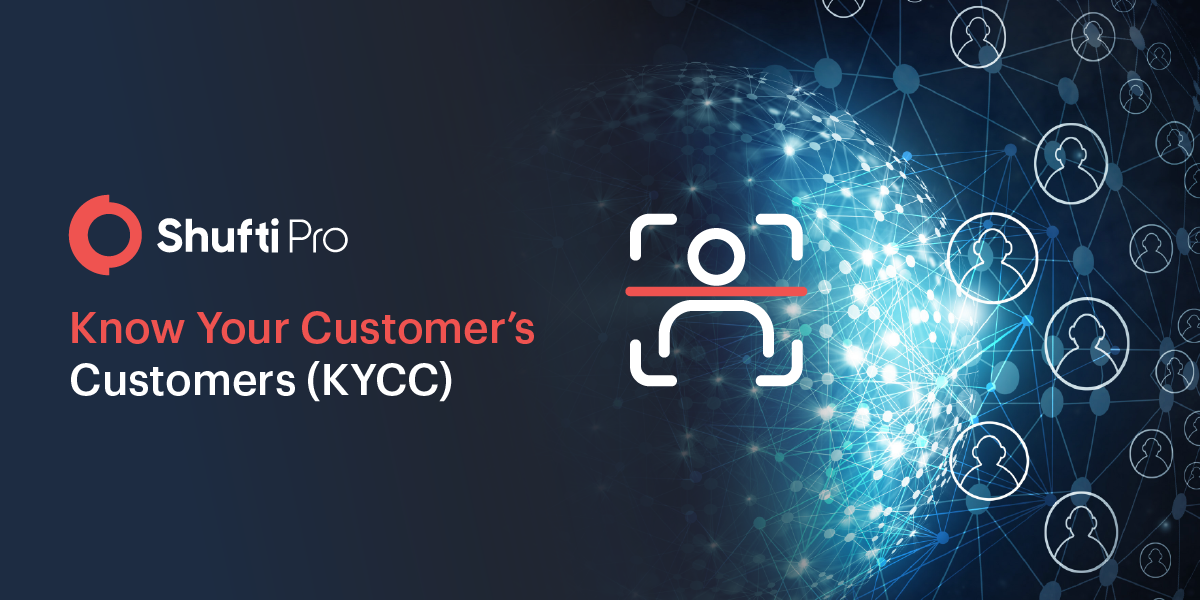
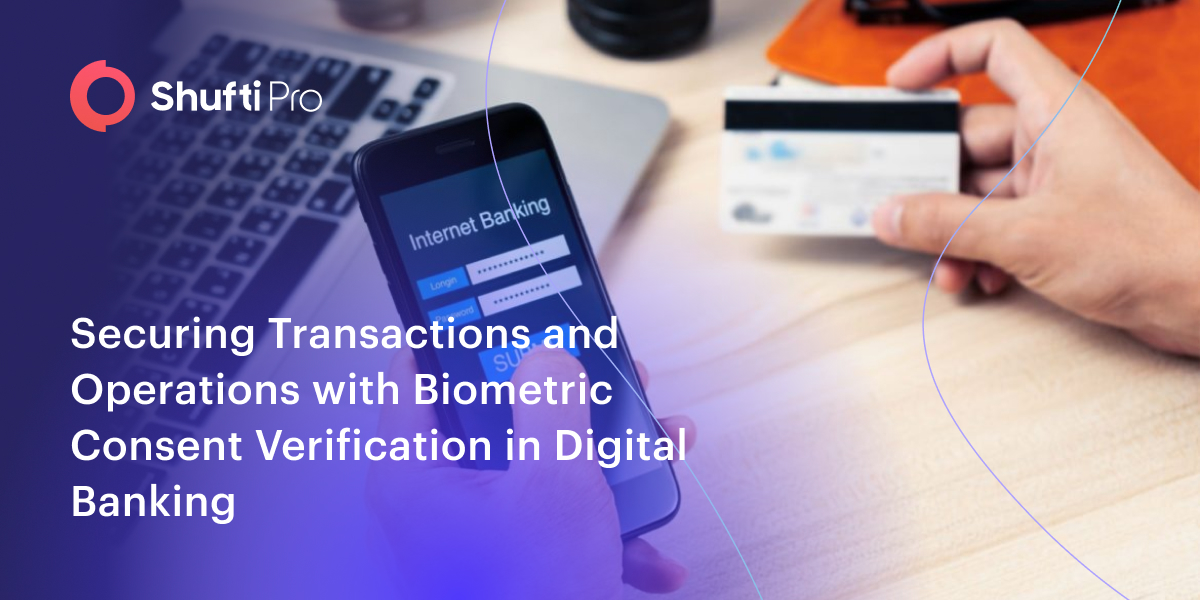
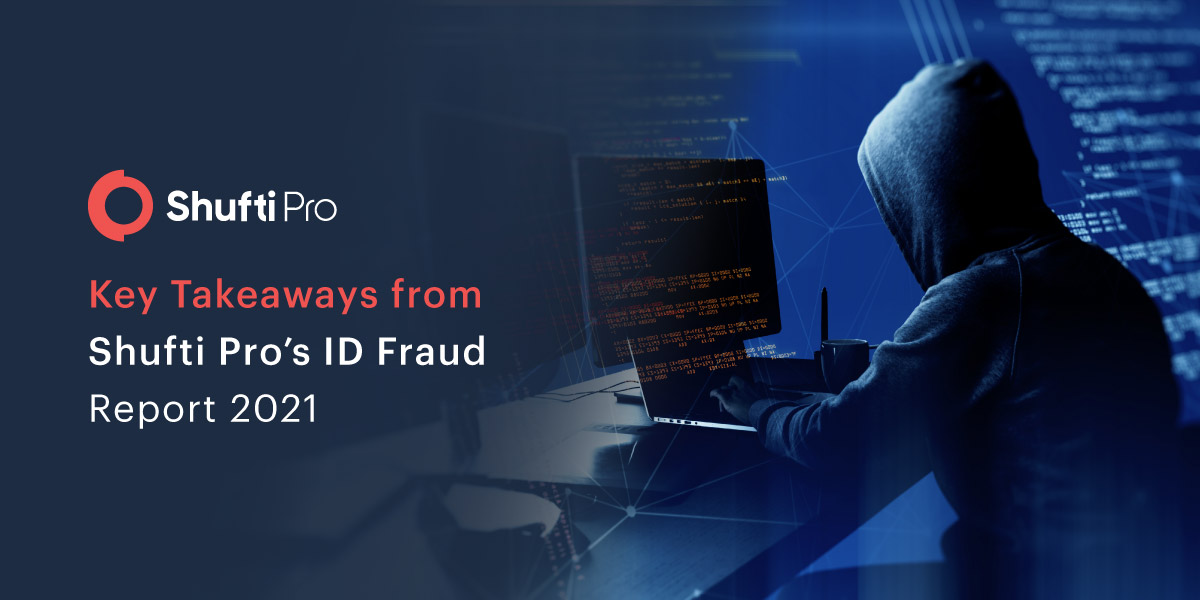
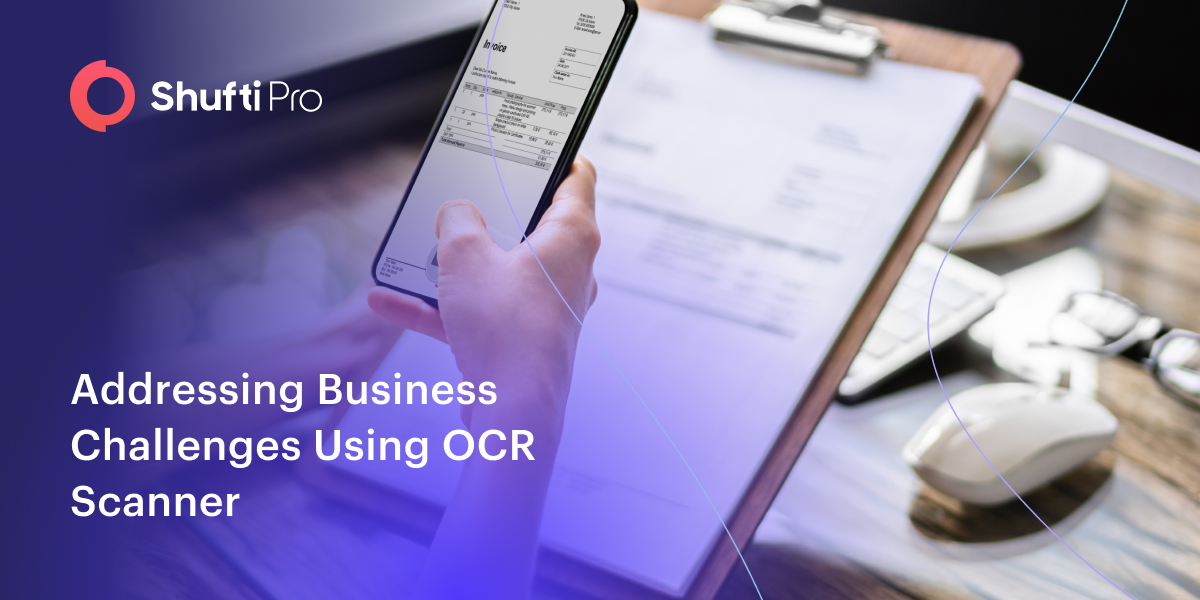

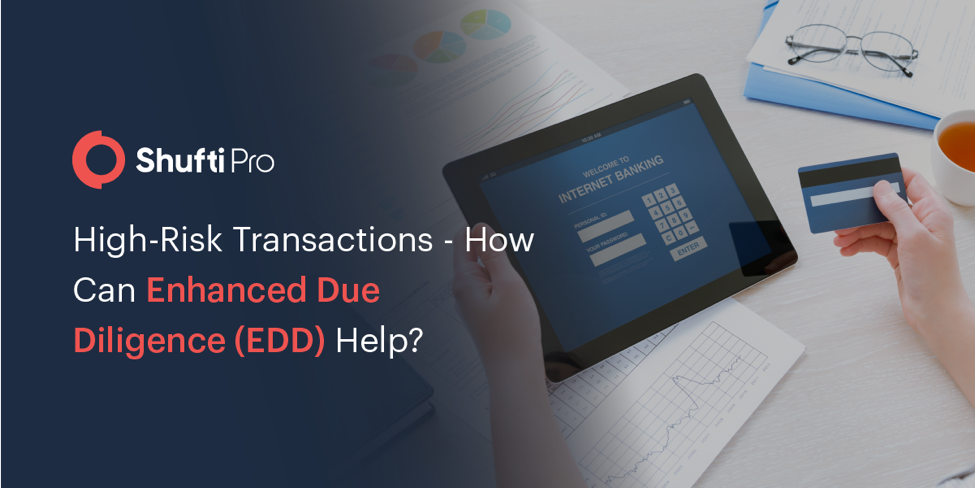
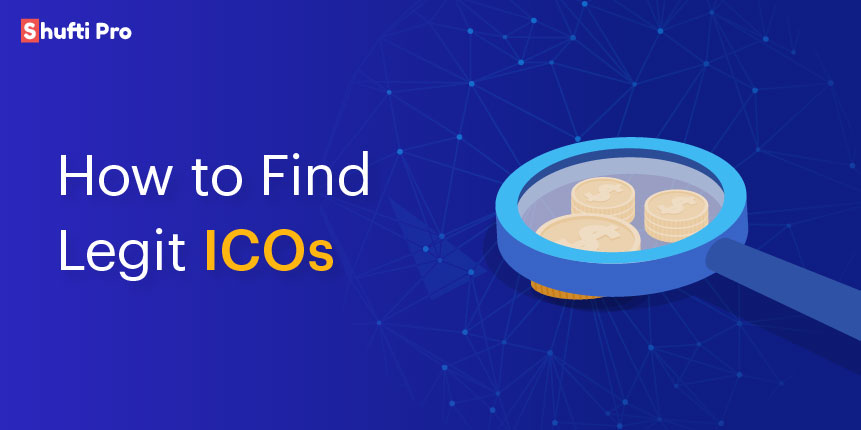


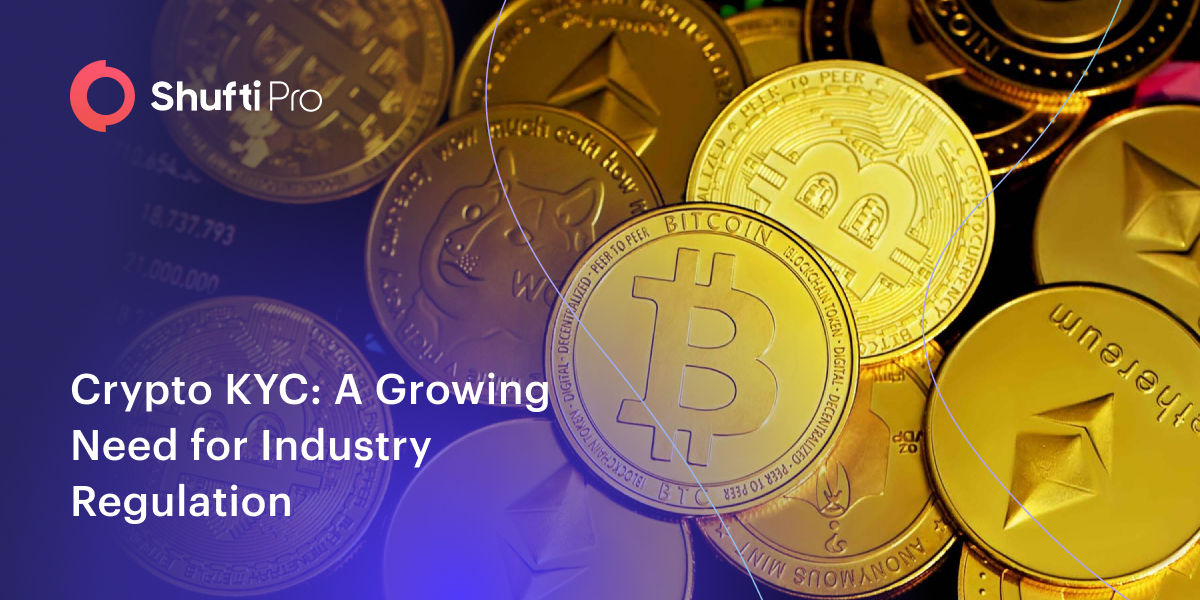
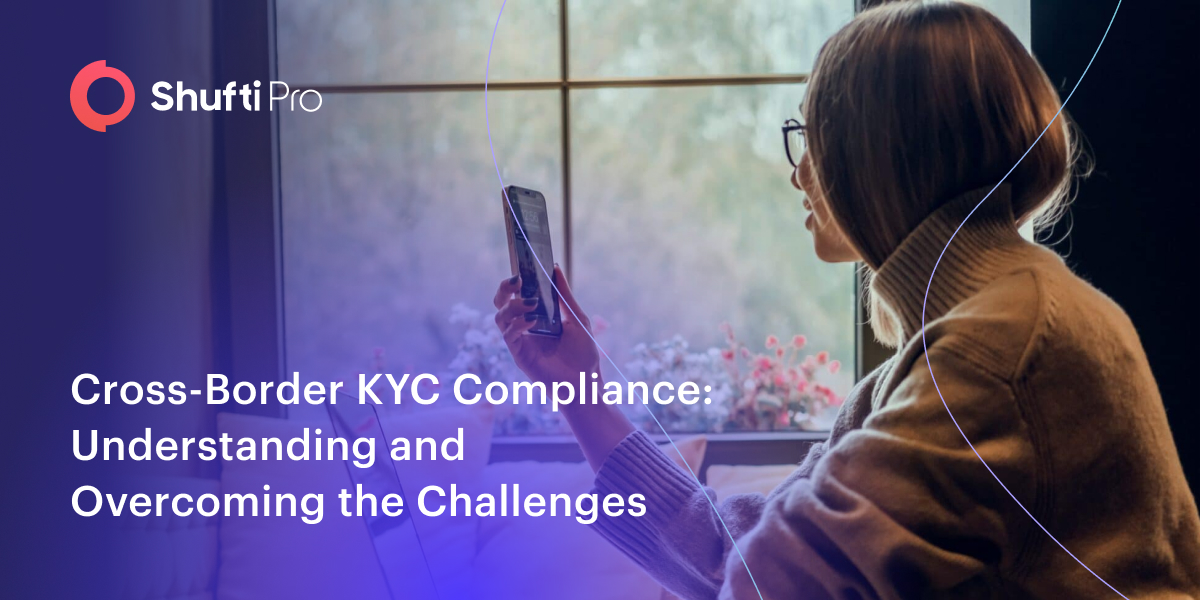



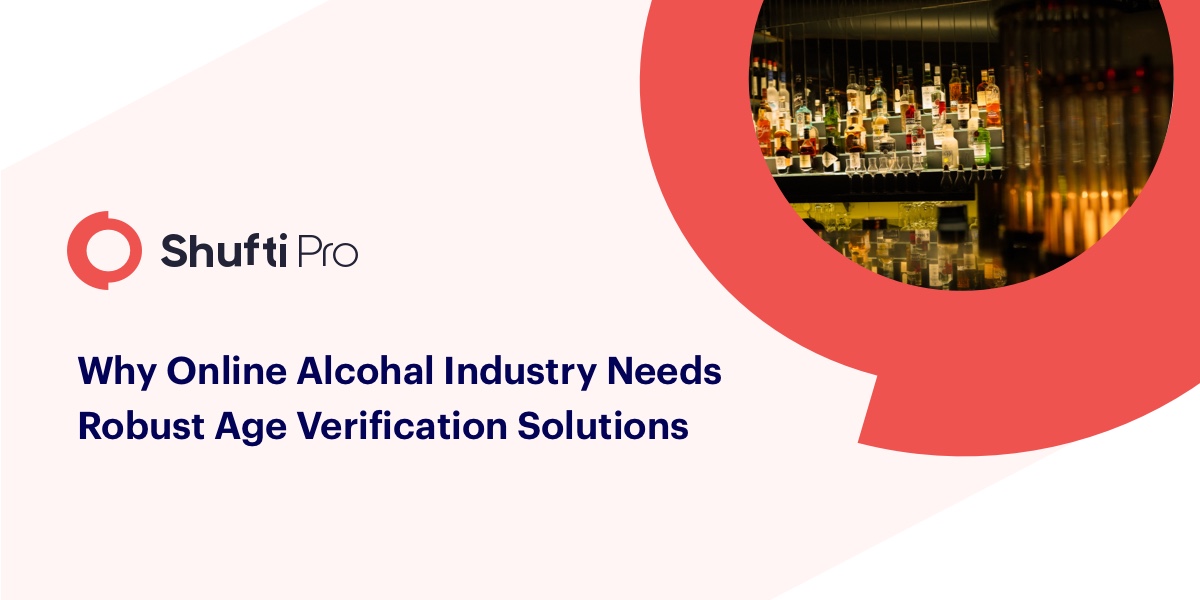
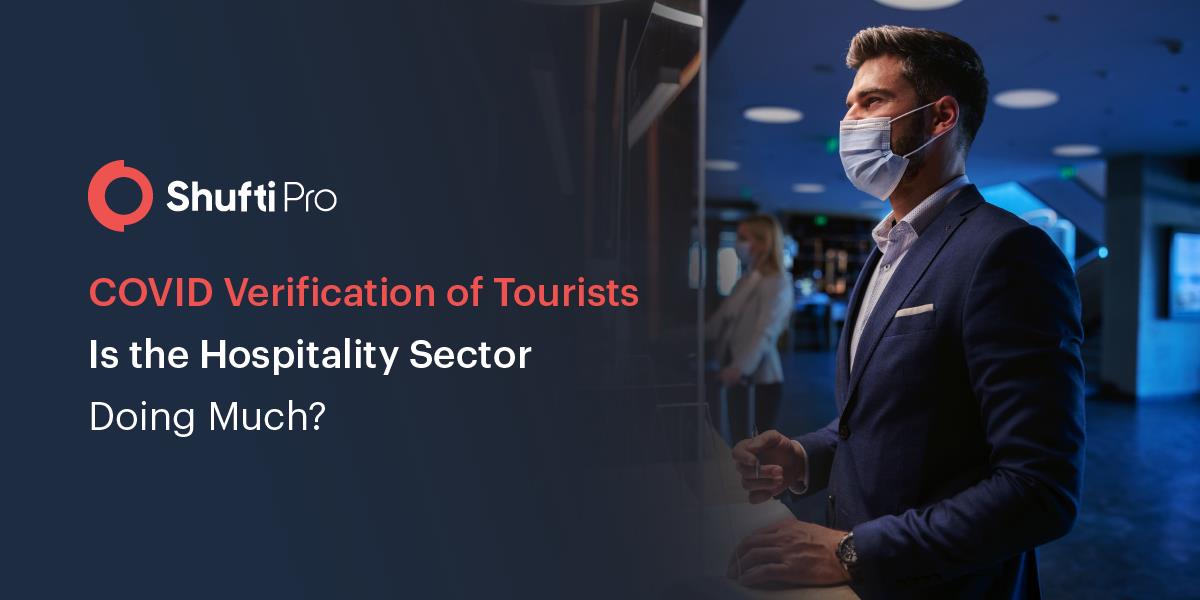



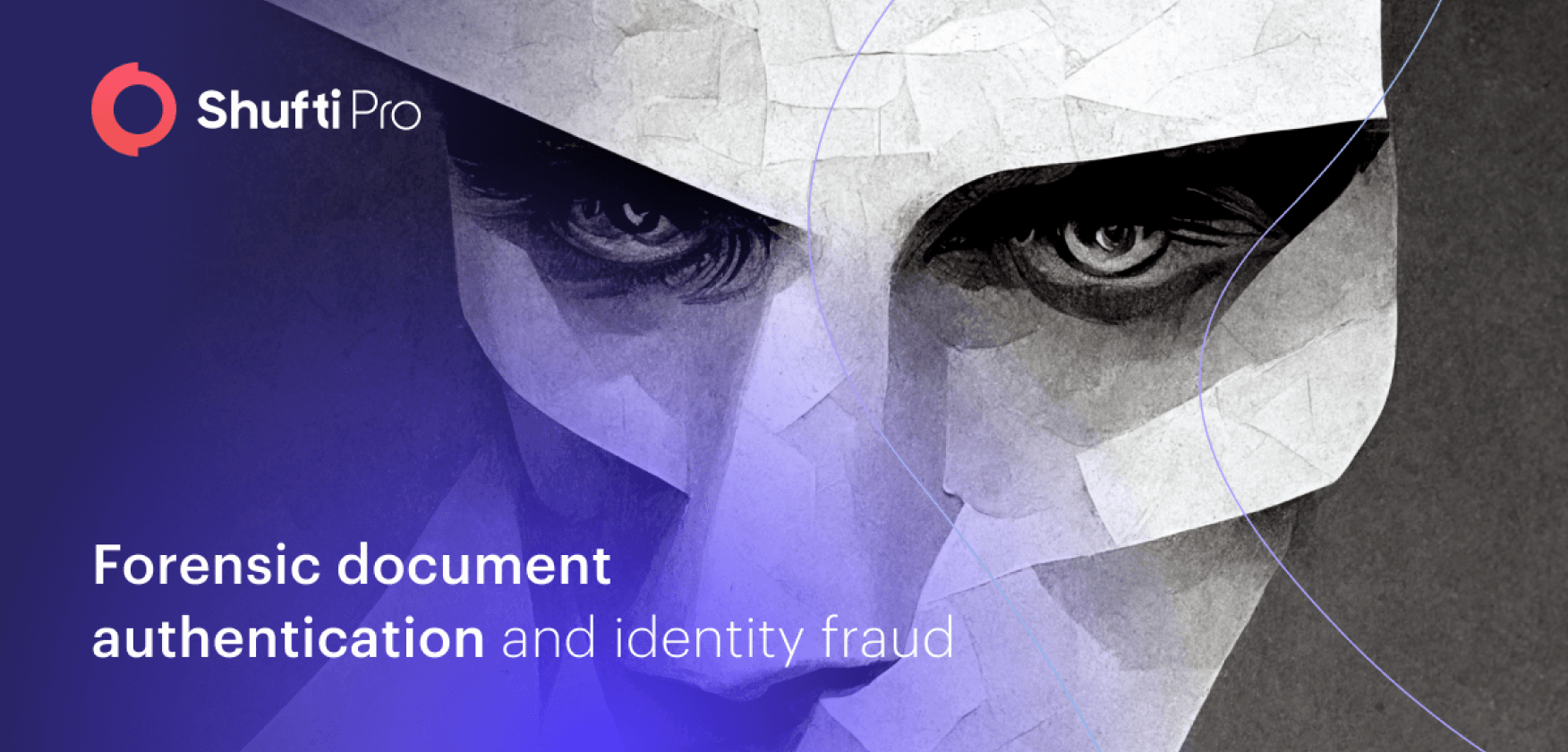
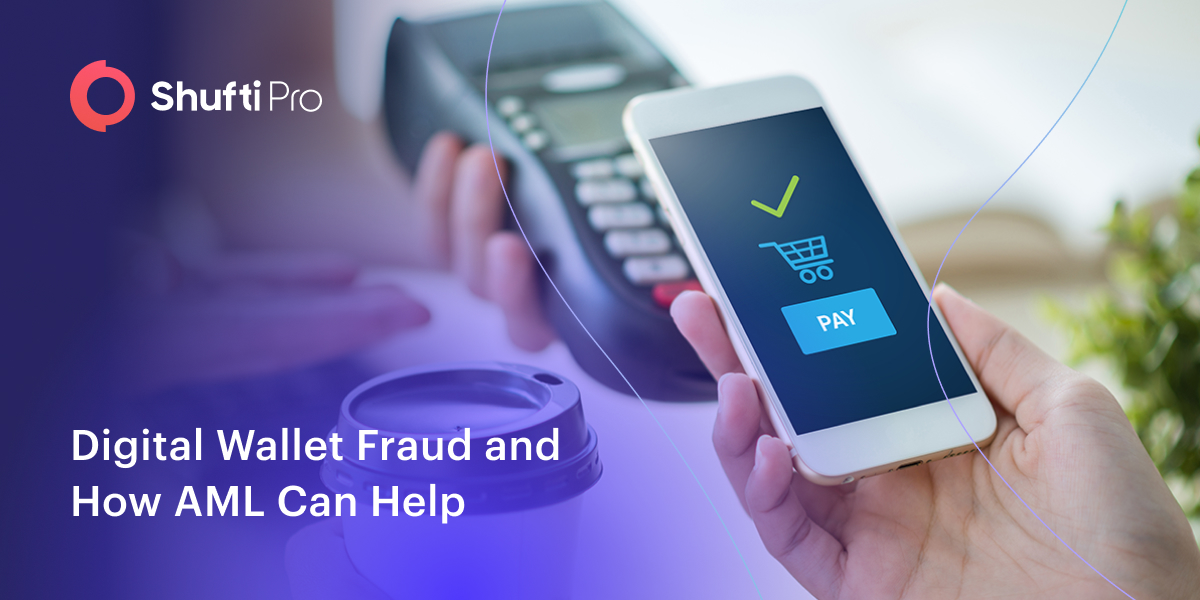
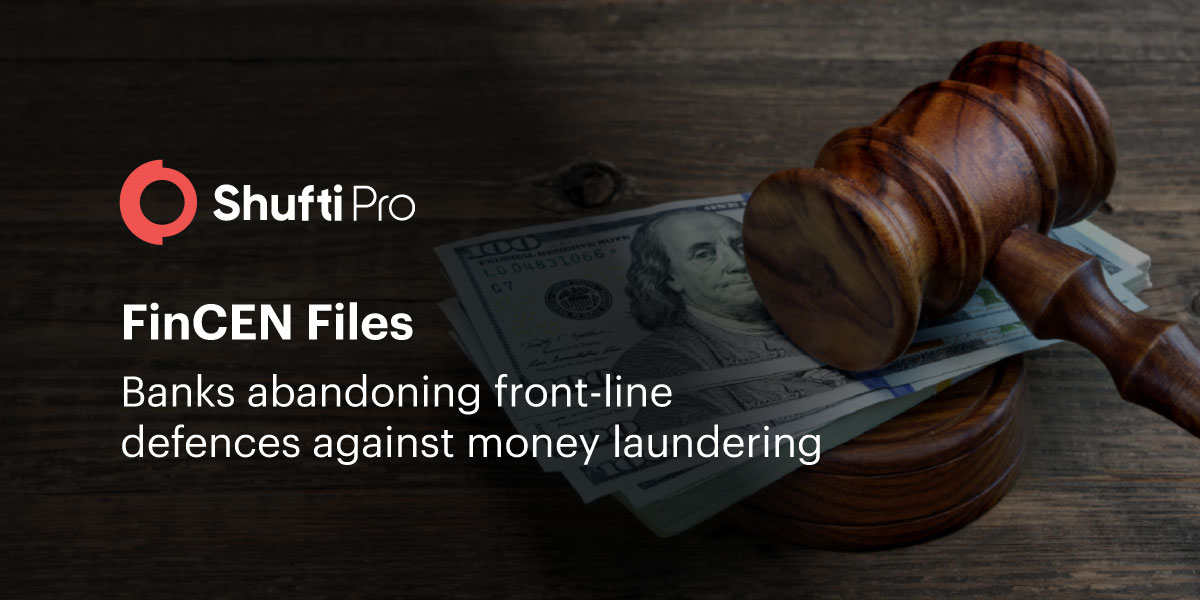

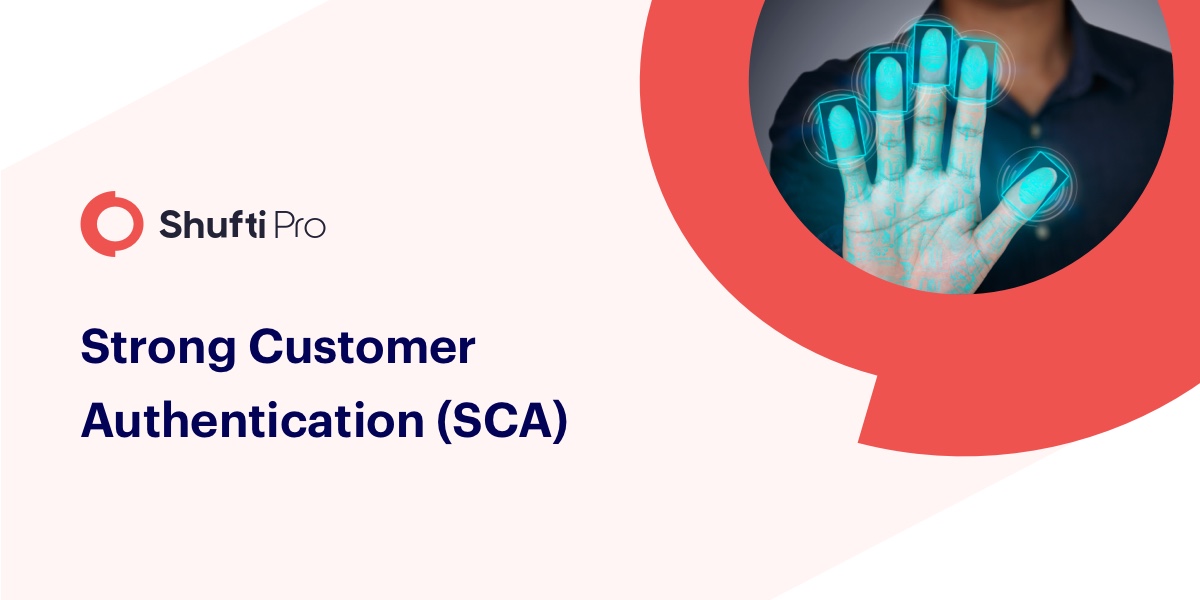

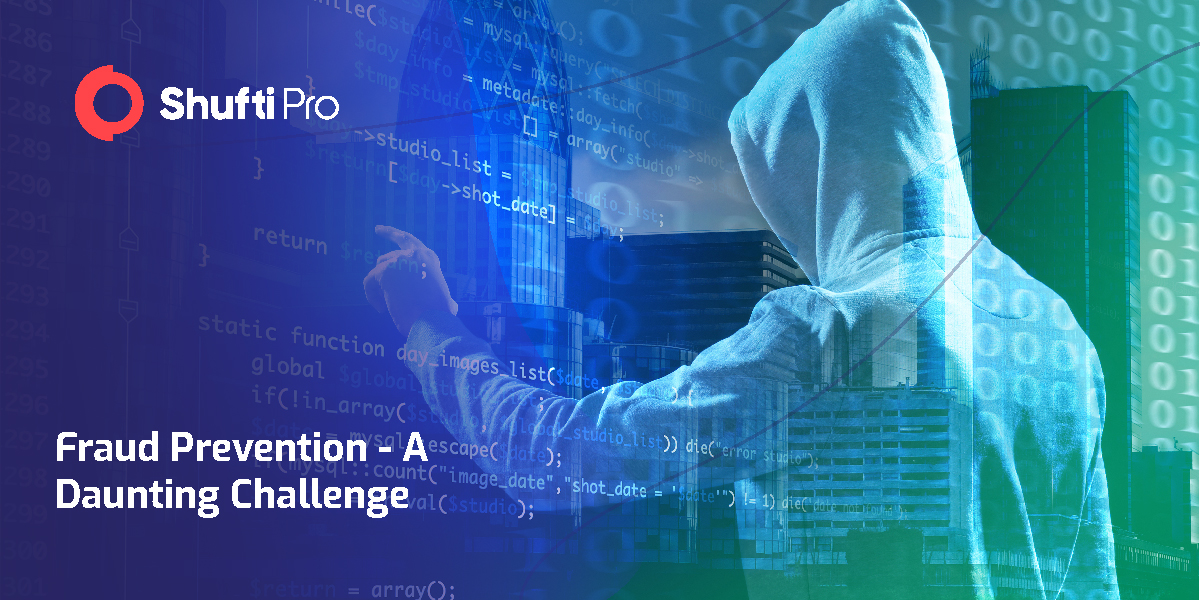




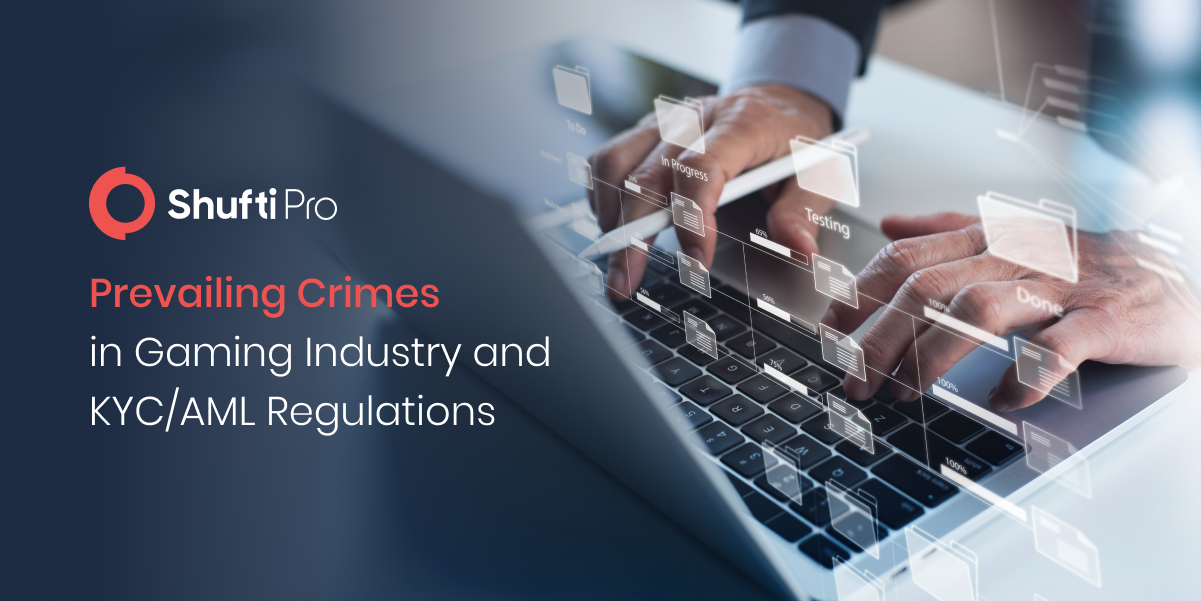
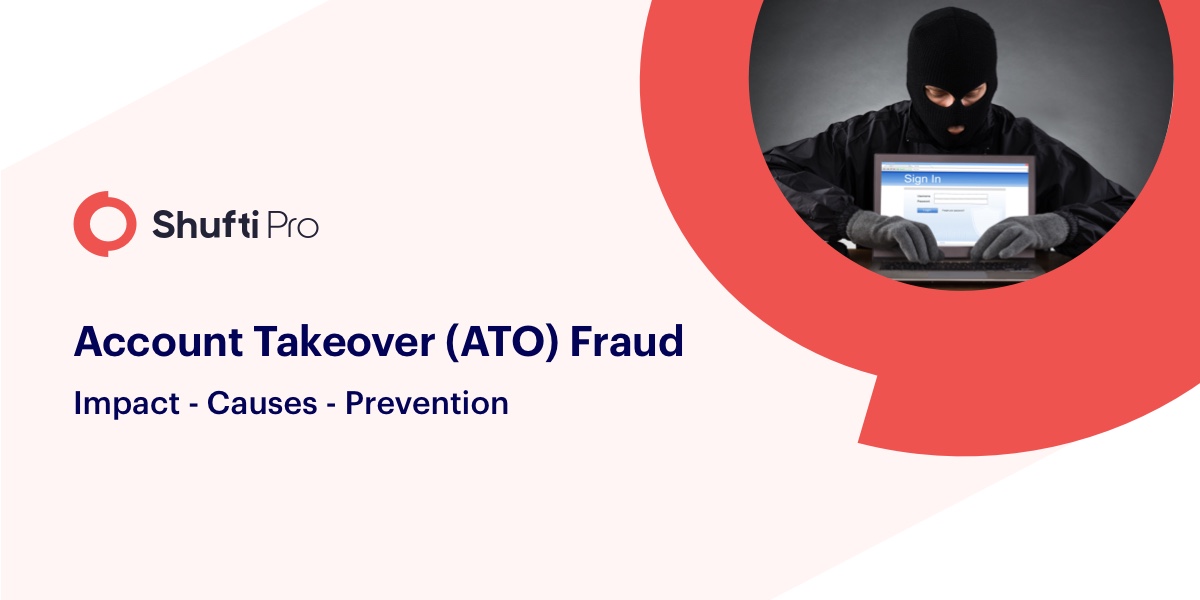

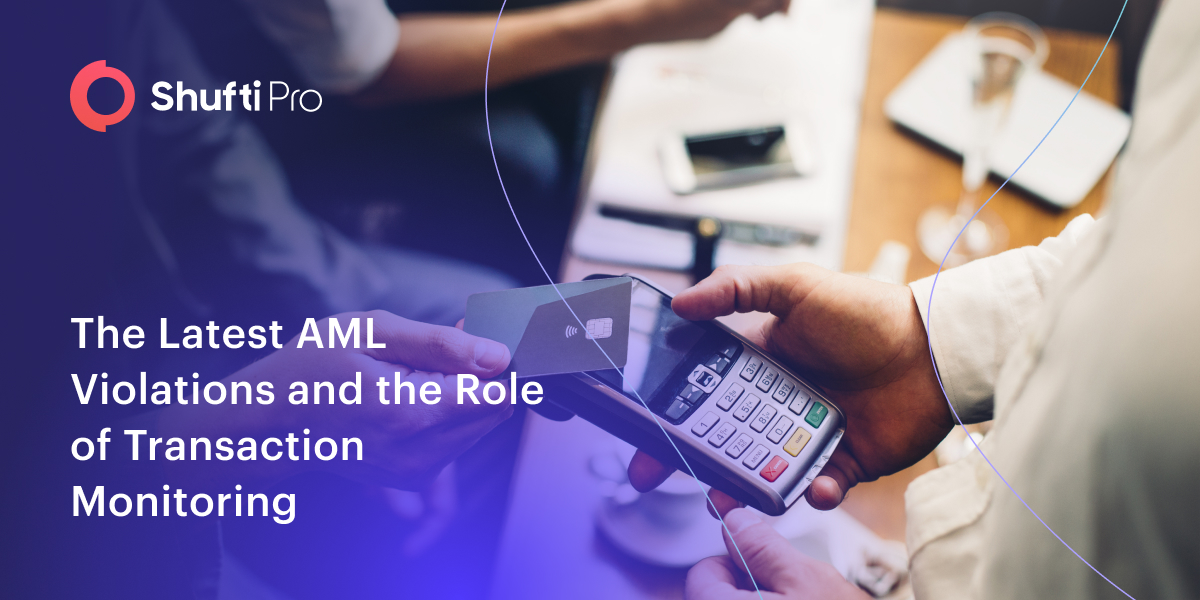
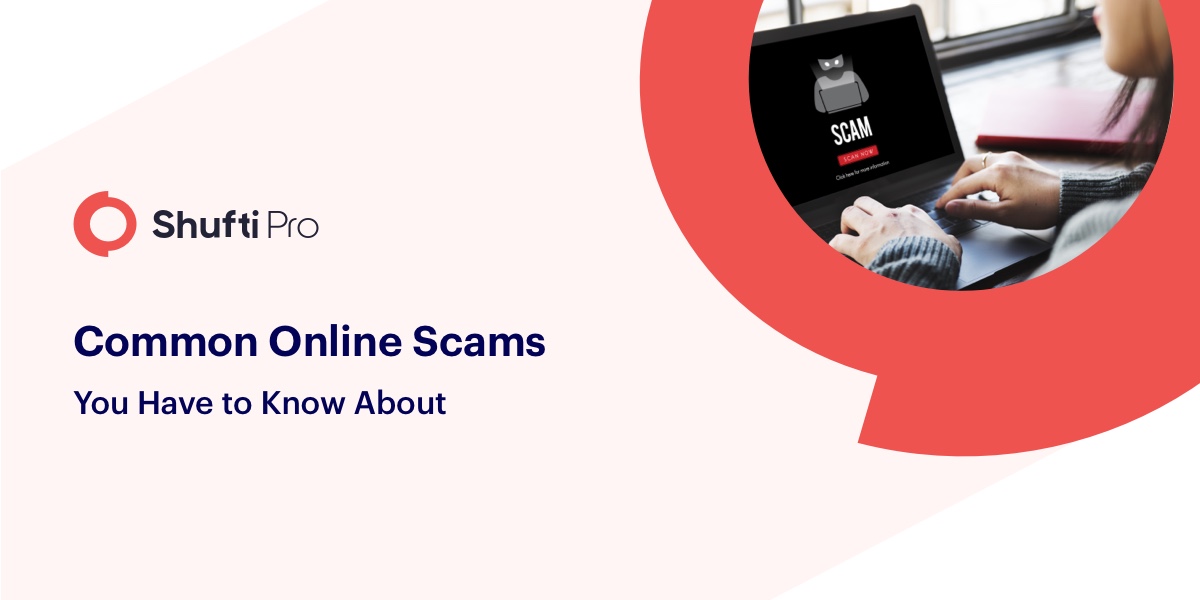

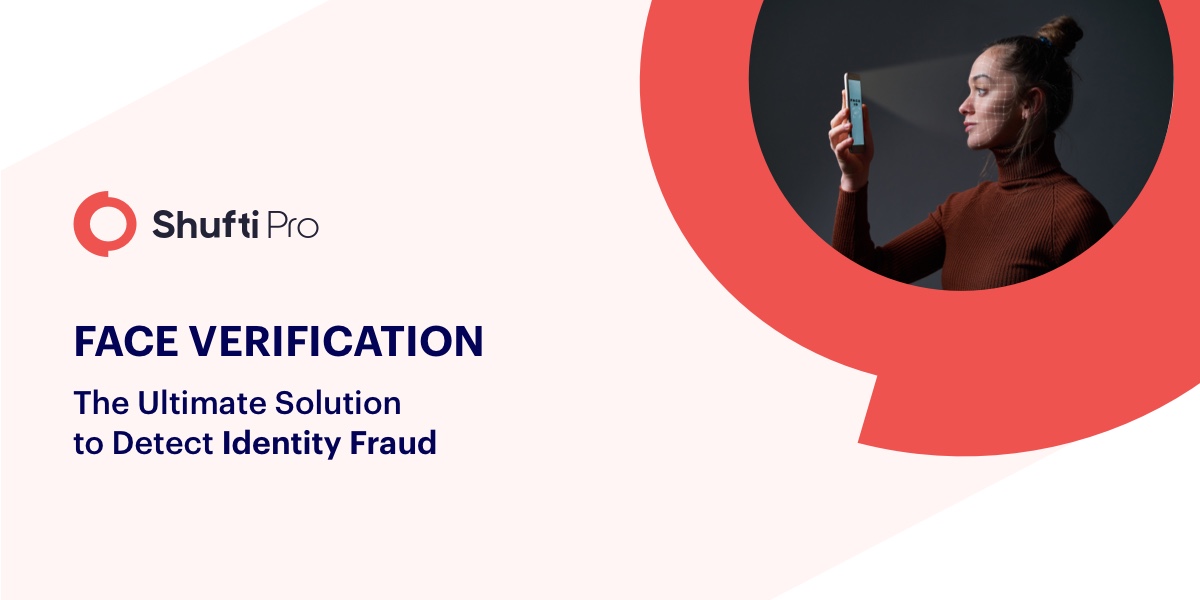

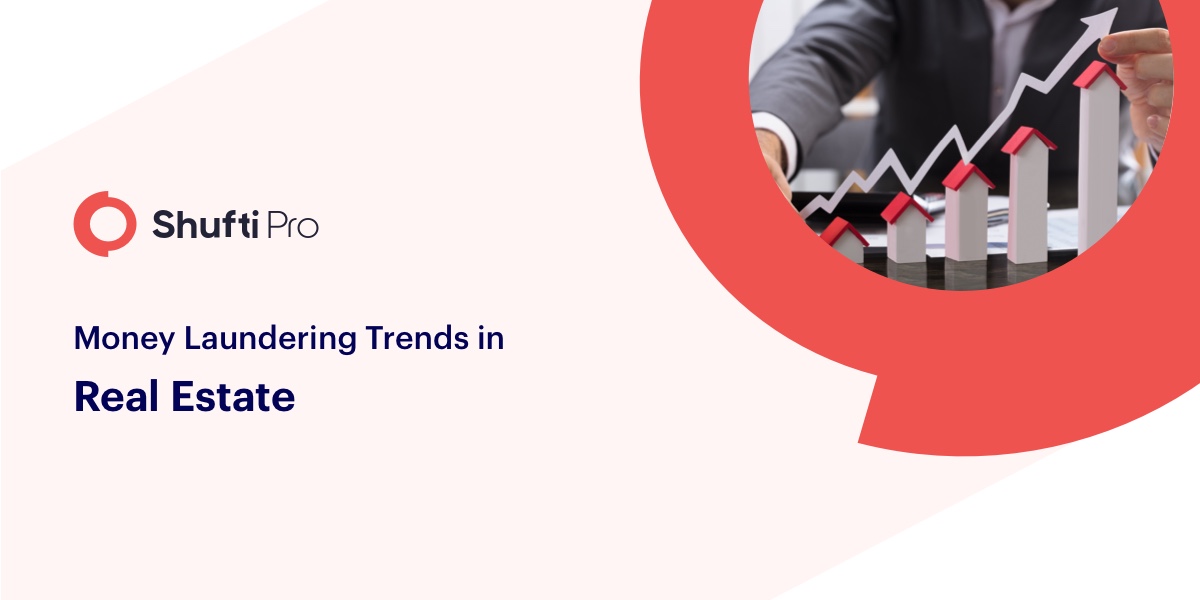
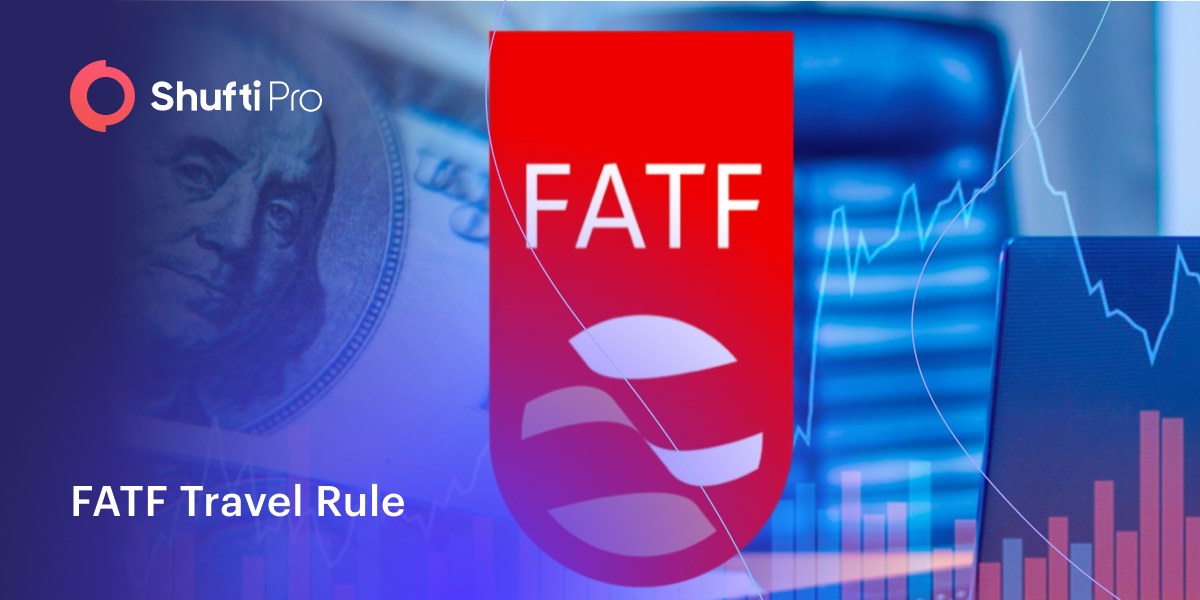
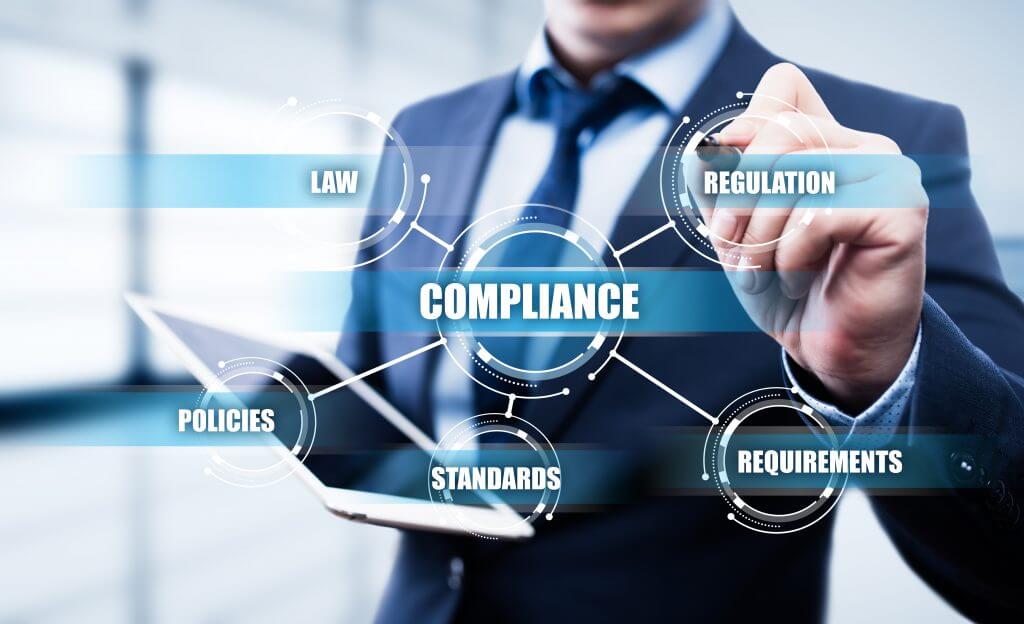
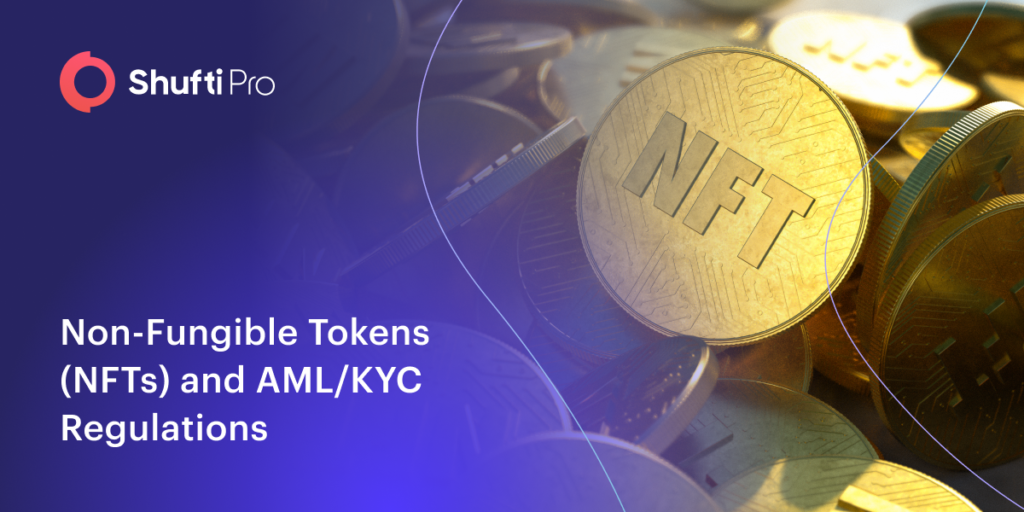


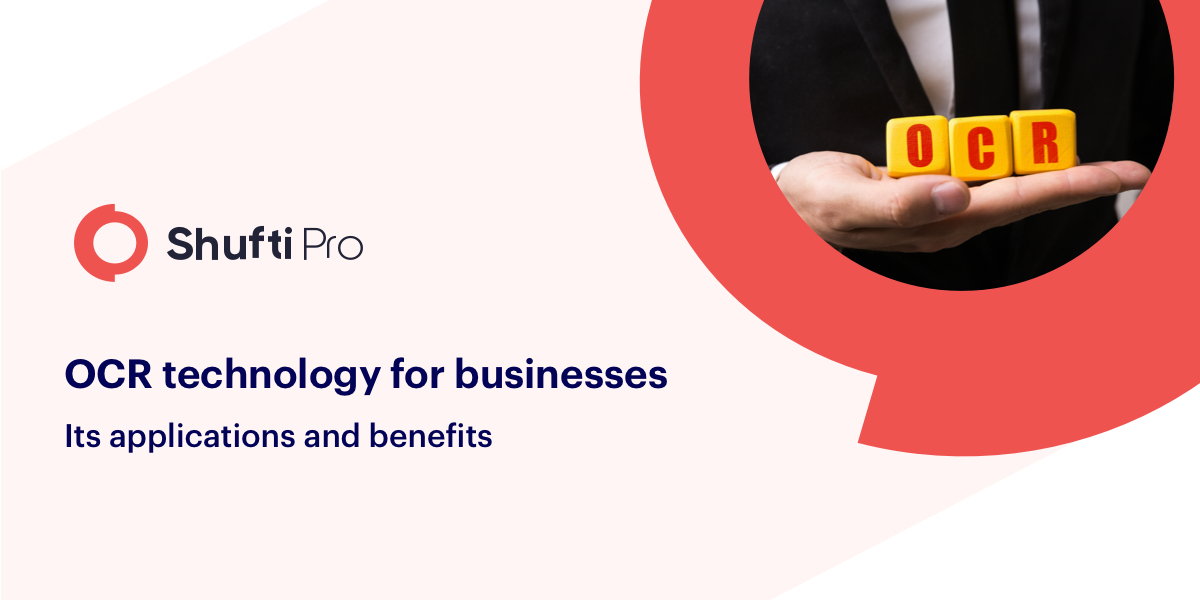
![AUSTRAC’s ML/TF Risk Assessment Report on Major Banks [Part 1] AUSTRAC’s ML/TF Risk Assessment Report on Major Banks [Part 1]](https://shuftipro.com/wp-content/uploads/aust.png)


